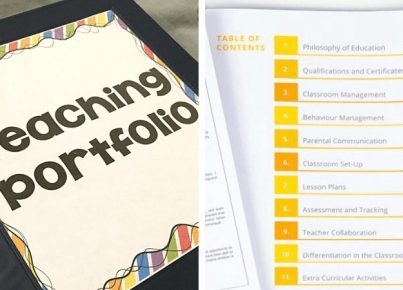Introduction
In today’s fast-paced educational landscape, there is a growing recognition of the importance of ongoing professional development for educators. One of the most effective ways to promote professional growth is through collaborative professional enquiry. This process enables teachers and support staff to work together to explore best practices, analyze student outcomes, and refine pedagogy. In this article, we will delve into the concept of collaborative professional enquiry in schools, its benefits, and strategies for effective implementation.
Understanding Collaborative Professional Enquiry
Collaborative professional enquiry is an approach to professional learning that promotes collaboration among educators in order to address challenges, share expertise, and improve practice. It is often inquiry-based and data-driven, with teachers working together to identify areas for improvement and develop action plans to achieve their goals.
Benefits of Collaborative Professional Enquiry in Schools
1. Improved Student Outcomes: When teachers collaborate on a shared goal focused on student learning, they can better identify patterns and trends in student data. This informs targeted interventions and supports that can lead to improved student outcomes.
2. Enhanced Teacher Practice: Engaging in dialogue with colleagues allows educators to reflect on their own practice, gain new insights and ideas, and apply these learnings to enhance their instruction.
3. Fostering a Culture of Collaboration: Implementing collaborative professional enquiry supports a culture of collaboration within the school community, as teachers feel valued for their expertise and are encouraged to share their knowledge with others.
4. Strengthened Professional Relationships: The process of working collectively toward shared goals helps create strong collegial bonds among educators. These relationships contribute to a supportive professional environment.
Strategies for Effective Implementation of Collaborative Professional Enquiry
1. Establish Clear Goals: To ensure the success of any collaborative professional enquiry initiative, it is essential that all participants have a thorough understanding of the goals they are working towards and the steps needed to achieve them.
2. Engage Leadership: Support from school leaders is crucial for the successful implementation of collaborative professional enquiry. School leaders can champion the process, allocate resources, and provide professional development opportunities to nurture a productive learning environment.
3. Create Time for Collaboration: It is important to establish dedicated time within the school schedule for teachers to collaborate on their enquiry projects. This sends a message that the school values collaboration and recognizes its importance in enhancing teaching practice.
4. Foster Open Communication: Trust and open communication are essential elements of successful collaboration. Encourage educators to engage in honest conversations, share ideas, and give constructive feedback.
5. Celebrate Successes: Recognizing progress and celebrating achievements can help maintain momentum throughout the inquiry process. Sharing success stories within the school community also helps reinforce the value of collaborative professional enquiry.
Conclusion
Collaborative professional enquiry is an essential model for promoting growth within schools. By fostering a culture of collaboration and providing ongoing support, teachers can build strong collegial relationships while continuously improving their practice to enhance student outcomes. Implementing effective strategies will bolster the success of collaborative professional enquiry in schools, leading to an environment that supports both teachers and students in their pursuit of learning and growth.



